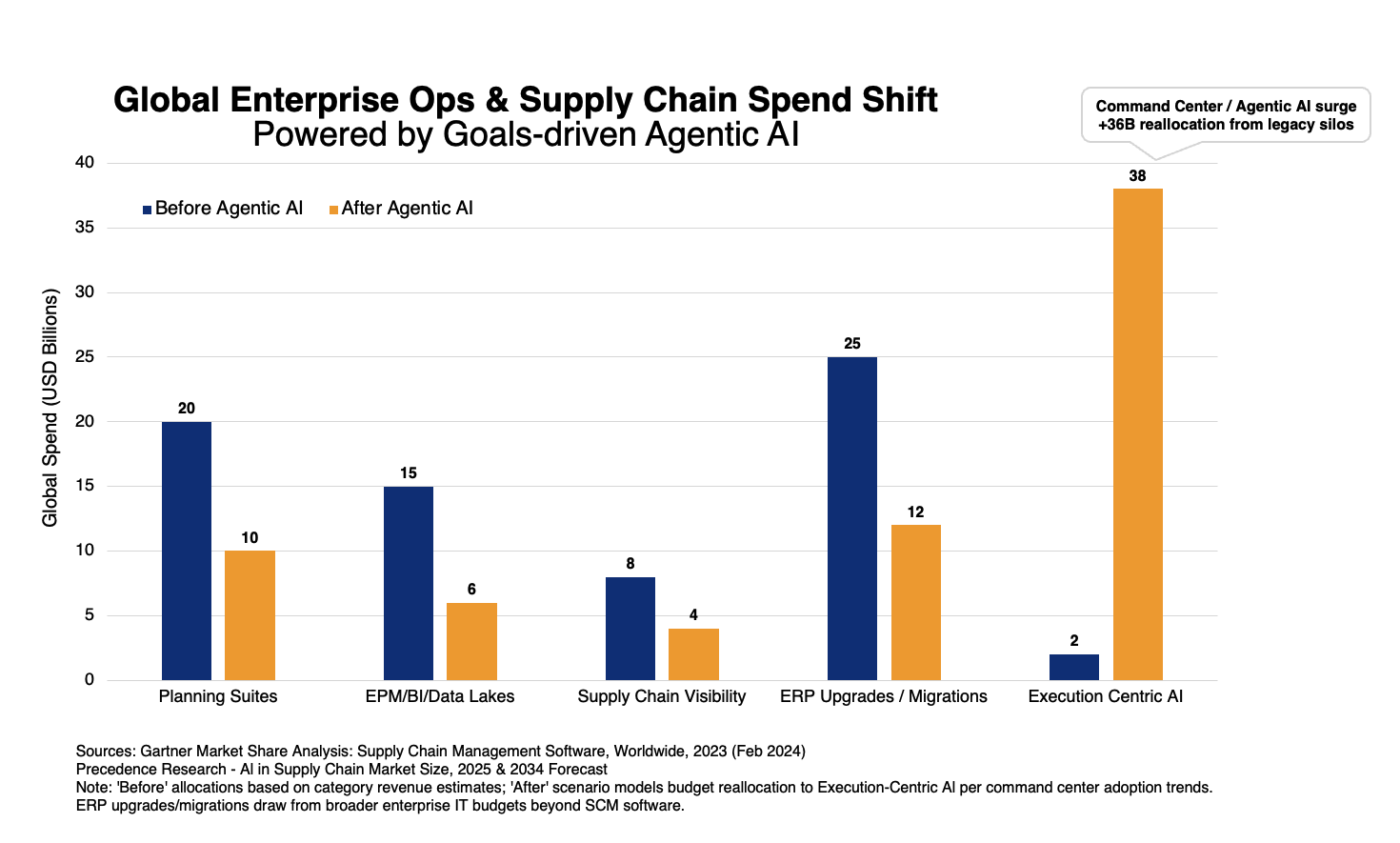Supply Chain - Strategy & Execution
 The Supply Chain Research Group at the University of Tennessee, defines supply chain management as “the systemic, strategic coordination of the traditional business functions within a particular company and across businesses within the supply chain, for the purposes of improving the long-term performance in the individual companies and the supply chain as a whole”. This definition is particularly interesting because it provides a holistic view of what really encompasses the supply chain. It is not the typical view of only contracts, purchasing, logistics, and suppliers involved in the supply chain, but every “traditional business function” within an organization. That means engineering, finance, operations, and all other functions are part of the overall supply chain management process, which need to be included and leveraged to develop a proper supply chain strategy.An effective supply chain strategy is key to gain market competitive advantage, impacting the performance not only of an individual company but also the full supply chain of a specific value stream. Acknowledging this key to competitive advantage, companies use different strategies incorporating supply chain management, connecting it up and downstream with business partners and how they influence specific decisions related to everyday business execution.
The Supply Chain Research Group at the University of Tennessee, defines supply chain management as “the systemic, strategic coordination of the traditional business functions within a particular company and across businesses within the supply chain, for the purposes of improving the long-term performance in the individual companies and the supply chain as a whole”. This definition is particularly interesting because it provides a holistic view of what really encompasses the supply chain. It is not the typical view of only contracts, purchasing, logistics, and suppliers involved in the supply chain, but every “traditional business function” within an organization. That means engineering, finance, operations, and all other functions are part of the overall supply chain management process, which need to be included and leveraged to develop a proper supply chain strategy.An effective supply chain strategy is key to gain market competitive advantage, impacting the performance not only of an individual company but also the full supply chain of a specific value stream. Acknowledging this key to competitive advantage, companies use different strategies incorporating supply chain management, connecting it up and downstream with business partners and how they influence specific decisions related to everyday business execution.
Taking in consideration the external opportunities and leveraging them to drive strategic planning and execution is the view of strategy-structure-performance approach. This approach considers the adjustment of internal structure considering the external forces, certainly connecting the customer and market needs to an efficient way of delivering products and solutions.
On the other hand, a resource-based approach is a resource centered strategy which leverages internal capabilities to create competitive advantage in the supply chain.
The combination of the two approaches helps increase the organization’s understanding of how the different strategies impact the performance of the company and the extended supply chain. The combination is even more important in a global setup, where many more variables need consideration for optimal orchestration.
This orchestration often gets mired in multi phase deployment of advanced software capabilities - across demand planning solutions, supply planning solutions, S&OP solutions, network collaboration tools and inventory optimization tools and so on. While each of these capabilities have their place and justification, the multi-year multi phase deployment often takes away from the focus and urgency needed in the competitive world. Businesses do not have this luxury in the post Covid era.







